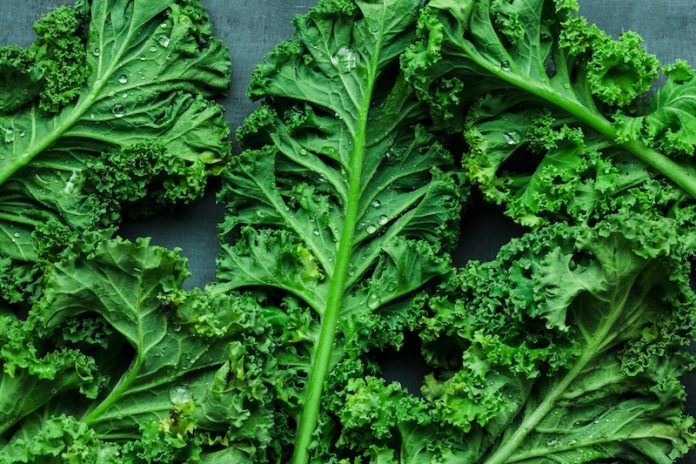
When it comes to healthy eating, leafy greens are often at the top of the list, and among them, kale and spinach are two of the most praised vegetables.
Both are packed with nutrients and have been linked to many health benefits, making them staples in a health-conscious diet.
But how do they compare?
Let’s dive into the nutritional content and health benefits of each to see if one might be slightly better than the other.
Kale and spinach both offer a powerful nutritional punch for very few calories. Kale, which belongs to the cabbage family, is famous for its hardy leaves and slightly bitter flavor. It’s a superstar when it comes to vitamin C content, providing about four times as much as spinach.
Vitamin C is crucial for the immune system, skin health, and iron absorption. Kale is also rich in vitamin K, which is vital for blood clotting and bone health. In fact, a single cup of raw kale contains almost seven times the recommended daily amount of vitamin K.
Spinach, with its delicate texture and milder taste that makes it more versatile for cooking, is no slouch in the nutritional department either. It’s packed with iron, which is essential for creating hemoglobin that carries oxygen to your body’s tissues.
Spinach also provides high amounts of vitamin A, which supports the immune system, vision, and skin health. Additionally, it is a good source of magnesium, which plays a role in over 300 enzymatic reactions in the body, including energy creation and muscle movement.
Both vegetables are high in antioxidants, which are compounds that help fight oxidative stress in your body and can reduce the risk of chronic diseases.
Kale contains compounds like quercetin and kaempferol, which have been studied for their effects on lowering blood pressure, reducing inflammation, and even protecting against certain types of cancer.
Spinach is rich in lutein and zeaxanthin, antioxidants that are especially beneficial for eye health, helping to reduce the risk of macular degeneration and cataracts.
In terms of fiber, both kale and spinach contain significant amounts, though kale has a slight edge. Fiber is essential for healthy digestion and can help prevent constipation. It also plays a role in weight management by helping you feel full longer.
Despite these impressive profiles, both kale and spinach should be eaten in moderation due to their high content of oxalates, which can contribute to kidney stones in susceptible individuals. Cooking these greens can reduce their oxalate content, making them safer for those concerned about kidney stones.
The debate between kale and spinach is tough as both are health giants in their own right. If you’re looking for higher vitamin C, vitamin K, or fiber, kale might be your best bet. However, if you prioritize iron, vitamin A, or magnesium, spinach might be more suitable.
Ultimately, the best approach is a varied diet that includes a wide range of vegetables, providing a spectrum of nutrients. Whether you choose kale or spinach, or decide to enjoy both, integrating these greens into your diet can contribute to a robust and balanced nutritional plan.
So the next time you’re at the grocery store, why not pick up both and enjoy the distinct flavors and health benefits each has to offer?
Follow us on Twitter for more articles about this topic.
Copyright © 2024 Scientific Diet. All rights reserved.








